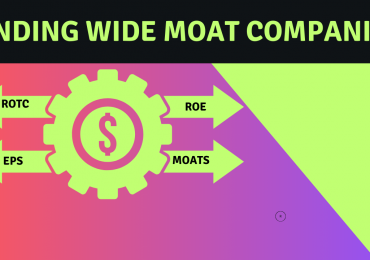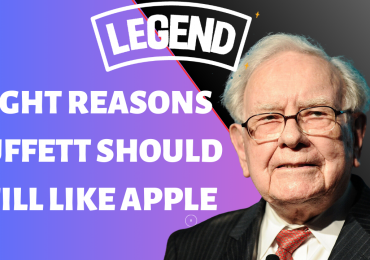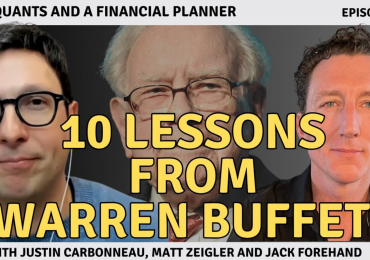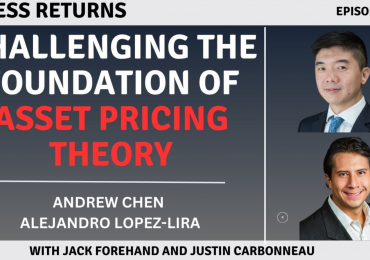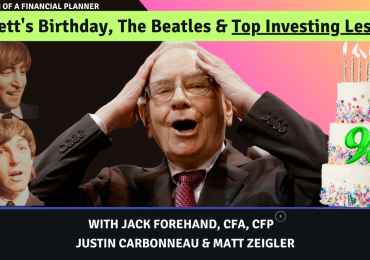Article Summary
- Warren Buffett reports Berkshire’s book value in Berkshire’s Annual Letter, but Buffett admits it is not perfect in determining the value of a firm.
- The price-to-book ratio is a popular factor, taking book value into consideration, but the effectiveness of this value factor has been fading recently.
- A prominent quantitative firm shows how share buybacks may be clouding price-to-book’s usefulness.
- The takeaway for investors is no factor is perfect.
———————-
How does an investor know what a company is really worth?
For some, a standard accounting measurement known as book value will provide the big clue. It is the sum of the value of all of a company’s assets, including its real estate, equipment, investments and other capital, minus its liabilities. Divide that number by the total share count and you arrive at a number that represents what investors would get per-share if the company were forced into liquidation.
Warren Buffett, the well-known billionaire value investor, has used this metric for years, something he calls “a crude but useful tracking device for the number that really counts: intrinsic business value.”
He likes to start out his annual letter to Berkshire Hathaway shareholders highlighting the change in the company’s book value relative to the market. For the record, Berkshire’s book value per class A share in the most recent year was $172,108 (U.S.), up from $19 some 52 years ago, or a 19 per cent annual return.
But as Mr. Buffett points out, book value isn’t a perfect measure.
Divided by the company’s share price, the price-to-book ratio will indicate whether the stock is trading below book value, a clue that it is being undervalued by those in the market. A price-to-book of less than one indicates the stock is undervalued.
But book value isn’t so simply calculated for all companies. It is easy for companies that have a lot of property and physical stuff: industrial equipment makers and railways, for example; or a lot of assets: banking, insurance. These types of companies tend to have big book values. They are also historically the type of companies Mr. Buffett likes to own.
Over the years Mr. Buffett began to recognize in his own Berkshire Hathaway that there can be a significant gap between book value and its intrinsic value, as he explained in a shareholder letter a couple of years ago. Once Berkshire was a big holder of marketable securities, which had to be valued every night based on the closing price in the market. Eventually Berkshire shifted to outright ownership of companies, and the accounting for those assets is very different than mark-to-market.
Companies that rely on assets that can’t be easily quantified – the creative talent of an advertising company or the advisory services of an asset manager – may have lower book values. And companies that aren’t capital intensive – information technology is one such sector – probably aren’t going to have big book values either.
None of that reflects the intrinsic value of the companies, which could be many times greater because it includes growth potential not captured in the book value calculation.
On the other hand, Mr. Buffett has admitted to overpaying for companies that had intangible assets that eventually had to be written down. And because of the accounting rules, companies Berkshire owns that had big gains in value don’t factor in Berkshire’s book value.
As a number, the price-to-book ratio doesn’t say why the stock is undervalued. Perhaps the stock has been overlooked because there are flashier alternatives. The stock may actually be a value trap, representing a perceived value on the surface but – in the face of declining sales and earnings – the stock is likely to go lower.
Or perhaps the assets used to calculate the book value are not valued properly. In a bull market, the assets can be overvalued. In a falling market, they can be undervalued.
The price-to-book ratio was one of three factors identified by U.S. professors Eugene Fama and Kenneth French in their 1992 paper, The Cross-Section of Expected Stock Returns, as one of the primary drivers of stock returns (size and market risk were the other two). However, in the past 20 years or so, price-to-book has had less influence on returns based on a research report published last year by O’Shaughnessy Asset Management.
The reason? One could argue that the price-to-book factor has become too popular, thus rendering it less effective in stock selection. Another reason, according to the O’Shaughnessy paper (you can view the paper here, registration may be required on the OSAM site), is that more and more companies began buying back their shares, which reduces their market capitalization without affecting their earnings or stock price. This in turn pushes the price-to-book value up and its price-to-earnings down.
Companies that issue shares have the reverse: They push down their price-to-book value. O’Shaughnessy’s research said the average company buying back stock had a price-to-book of 4.5, above the 3.8 median, and the 2.7 ratio of the average stock-issuing company. Using price-to-book, it would have made those buying back stock look expensive and those issuing stock look cheaper, which is not necessarily the right interpretation.
The price-to-book ratio, and many other fundamental factors, have the potential to guide investors to long-term success, but they have limitations. Investors using factors need to understand that many are good, but none is totally perfect.

